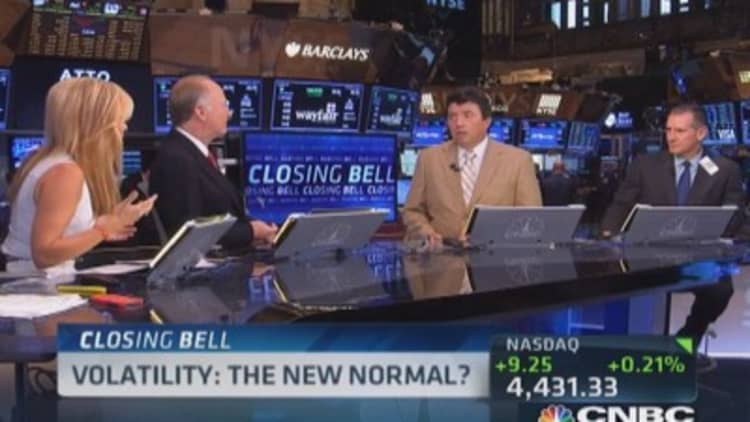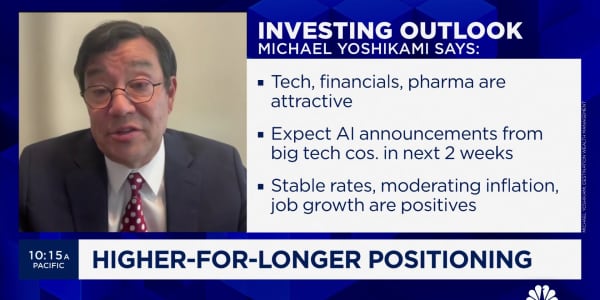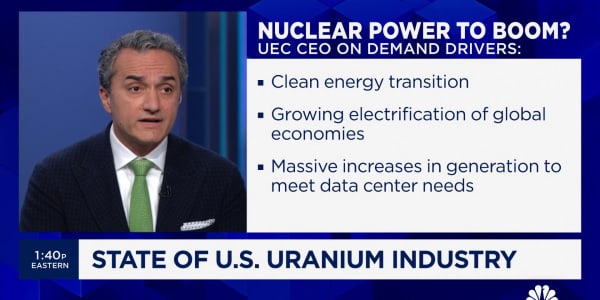As market sectors rise and fall in tandem and more investors choose to follow funds that track indexes, stock pickers have become in danger of extinction after years of underperformance.
That could change dramatically in 2015, if an analysis by strategist Tom Lee is correct.
Lee believes the year ahead could be huge for active managers, only about 1 in 5 of whom has outperformed basic benchmarks this year.
One of the main reasons things have been so hard on the group is that market correlations—or the tendency of sectors and asset classes to move in the same direction at the same time—have been so tight.

Lee also points to a few others, including what he calls "dispersion," or the difference between the best- and worst-performing sectors on the . That measure moved to 9.6 percent in an otherwise volatile October, its lowest level since March 1957.
Read More8out of 10 active managers striking out this year
History, as examined through the last 14 times when dispersions have narrowed comparably to the current state, has shown that such tight movement doesn't last, a factor Lee thinks works in favor of active managers. "Mean reversion," or the tendency of the market to perform in line with historic trends, dictates that dispersion will widen.
"We believe dispersion will rise in 2015 (mean revert) towards 25 percent (six-month differential), surpassing the dispersion levels of the past three years," Lee said in a note. "This is welcome news—in particular, we believe this means 2015 should be a very good year for active managers."
Lee believes active manager performance could improve by 40 percentage points.
From a broader perspective, the thesis translates into a more volatile market environment.
Read MoreWhy all this market volatility is here to stay
The Federal Reserve's bond-buying program has expanded the central bank's balance sheet, after three rounds, to more than $4.5 trillion, while helping provide liquidity and keeping a floor beneath market prices. But the Fed in October ended the quantitative easing program, with the caveat that it would resume should the data dictate.
Lee sees another factor in conjunction with Fed intervention: A strong investor turn toward exchange-traded funds, particularly the SPDR S&P 500, a $197 billion fund that tracks the popular stock market index. The 50 percent surge since 2010 in share count for the SPY, to nearly 1 billion shares, closely mirrors the decline in dispersion.
Read MoreInvestors flocking into index funds—here's why
The fund has an average daily volume of about $27 billion, according to ETF.com. Investors have poured $8.9 billion into the fund in 2014 alone, and more than $43 billion since 2010, by far the leader among all ETFs. The ETF industry overall has surged to just shy of $2 trillion, after gaining 15 percent in 2014.
So much money flying into one index fund in particular likely has helped fuel low correlations and dispersions.
History shows, according to Lee, that rising dispersions mean better times for active managers.
"Based on the historical relationship, if sector dispersion rises to 25 percent, it would suggest that 2015 should be the best year for the active manager industry since 2005 ... a massive improvement of 4,000 (basis points) from ... 2014," he said. "If dispersion were to rise beyond 25 percent (which happened in one-third of the past cases), fund manager outperformance could be even greater than we expect."







